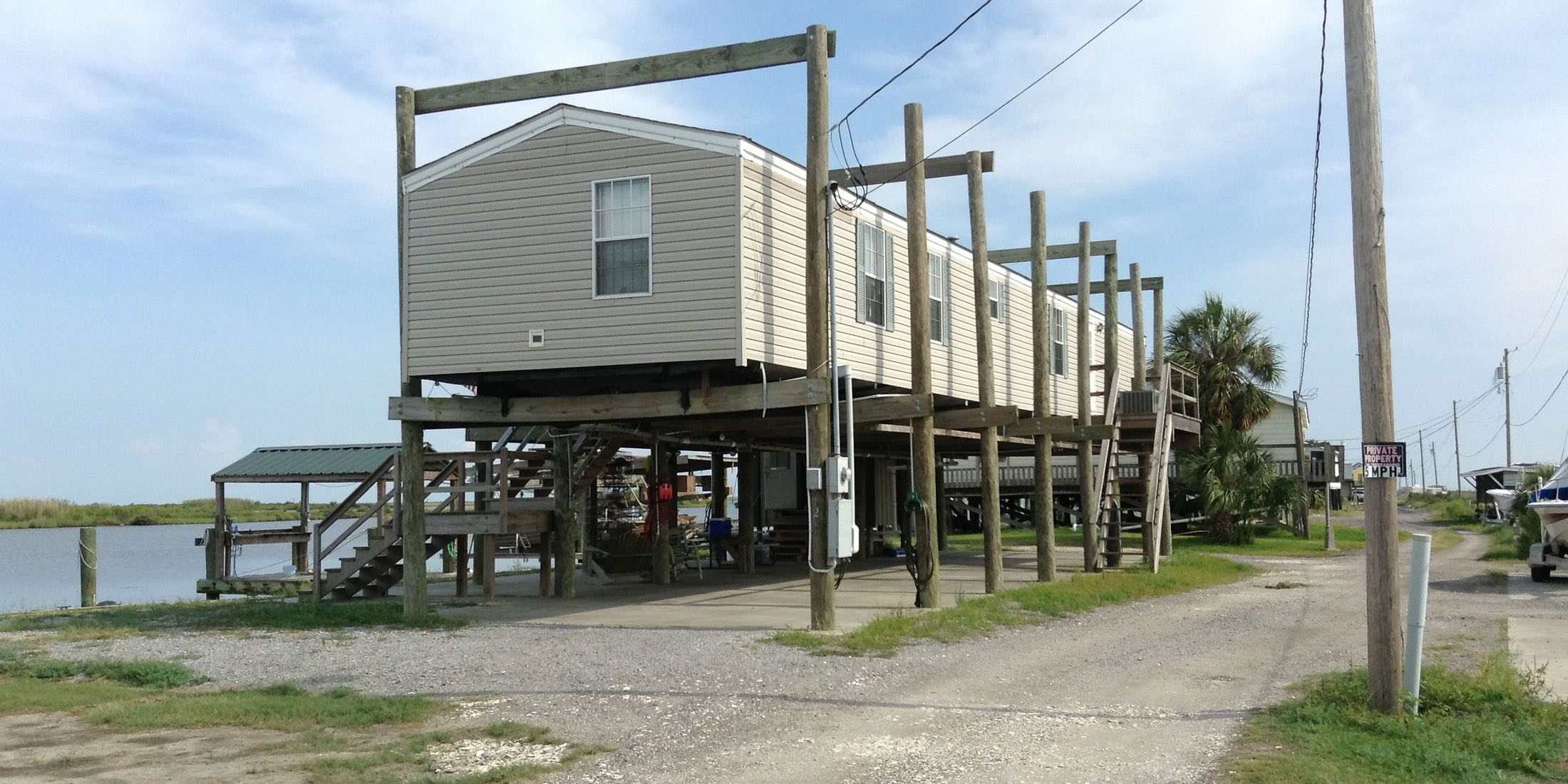
The fellowship is awarded each year by The Winston Churchill Memorial Trust to recipients that are leaders and innovators in their fields. James’ fellowship project was to research international best-practice models of flood resilient design. Click here to download James’ full report – Accommodating Water: Adaptive Architecture, Reactionary Planning and Designed Resilience in the USA, UK and The Netherlands.
Learning from international examples
The Churchill Fellowship allowed James to investigate best-practice flood resilient design principles for mass-produced, affordable housing in a range of different contexts.
Travelling throughout the USA, UK and The Netherlands, he examined completed building designs and interviewed local architects and other built environment professionals involved in the planning and design of flood resilient housing.
He also interviewed local government officials in each location to understand the refinements made to planning laws to cater for new, flood resilient building typologies.
The overarching objective of the study tour was to apply valuable lessons in an Australian context.

Key findings
James identified four key findings from the international study tour. These are:
- Flood design tends to fall into two categories: keeping water out and allowing water to enter the building in a planned, controlled way. There isn’t one ‘best’ strategy. Rather, a combination of wet and dry flood-proofing methods is essential.
- There is a need to balance affordability with best-practice design principles. While good design at the detail level of the dwelling is a key component of successful flood mitigation, a range of solutions are required to achieve the best possible outcome, particularly for large-scale mass housing projects.
- Knee-jerk planning following natural disasters doesn’t work. Sites need to be seen within their larger physical context, and anticipation of the effects of climate change is crucial. As reactionary planning exacerbates the personal and financial burden already faced by disaster-affected homeowners, there is a clear need for government regulation around flood resilient design before building construction begins.
- There needs to be a synthesis between financial institutions, the insurance industry and government. Good flood resilient design can meet government priorities in better protecting communities; can assist in limiting exposure faced by insurance companies and can better protect the mortgage assets of financial institutions.

